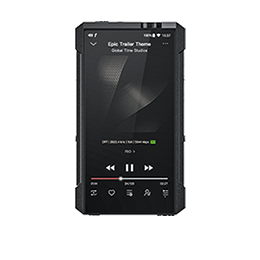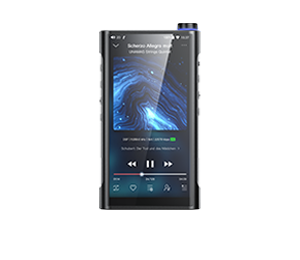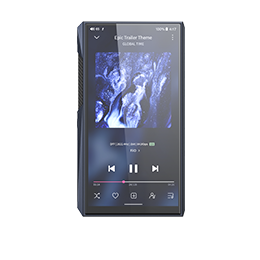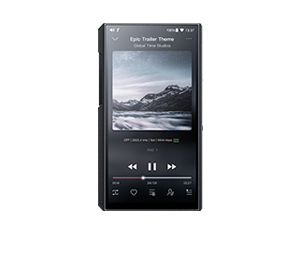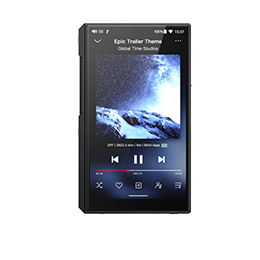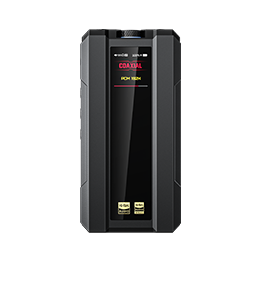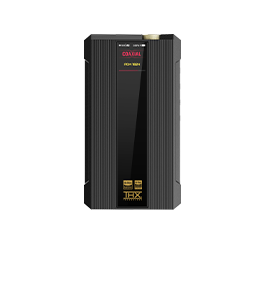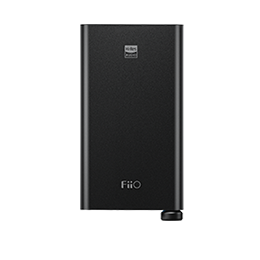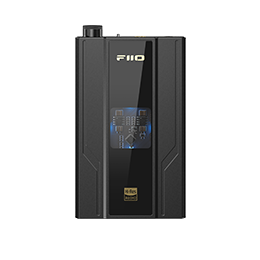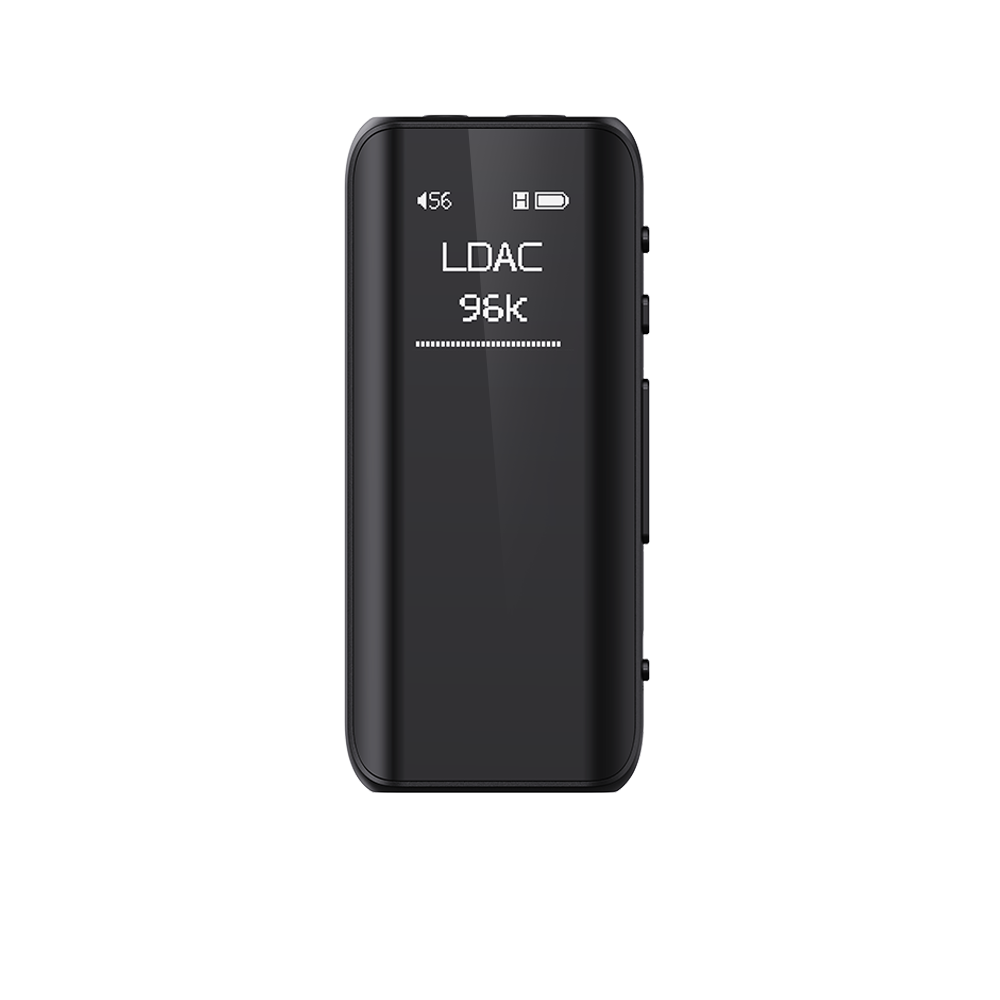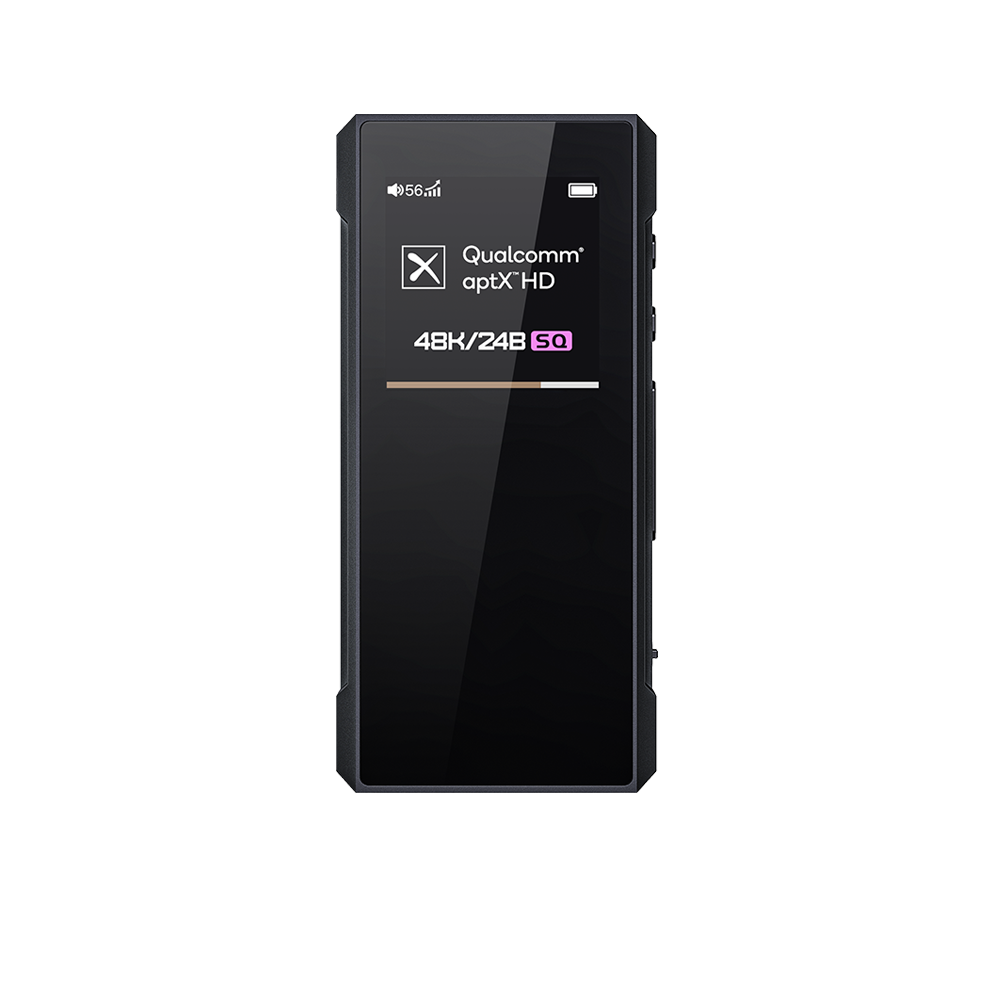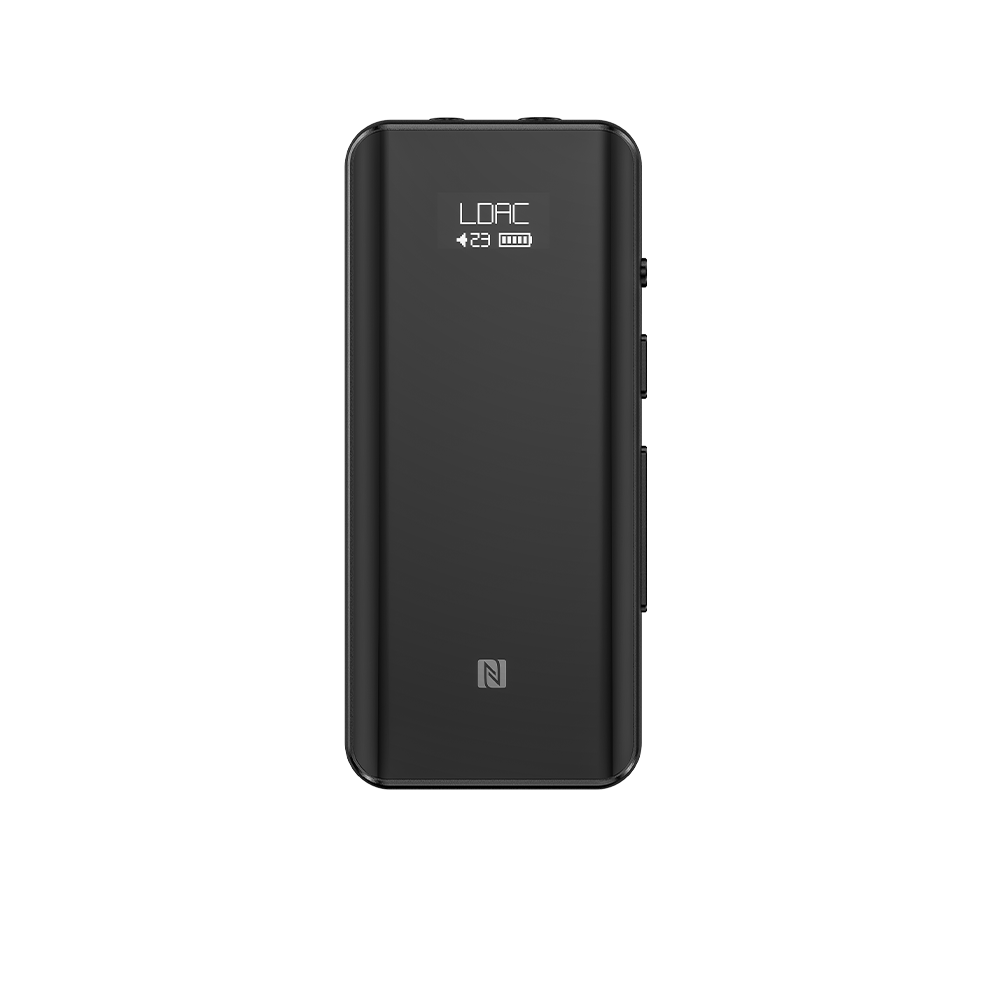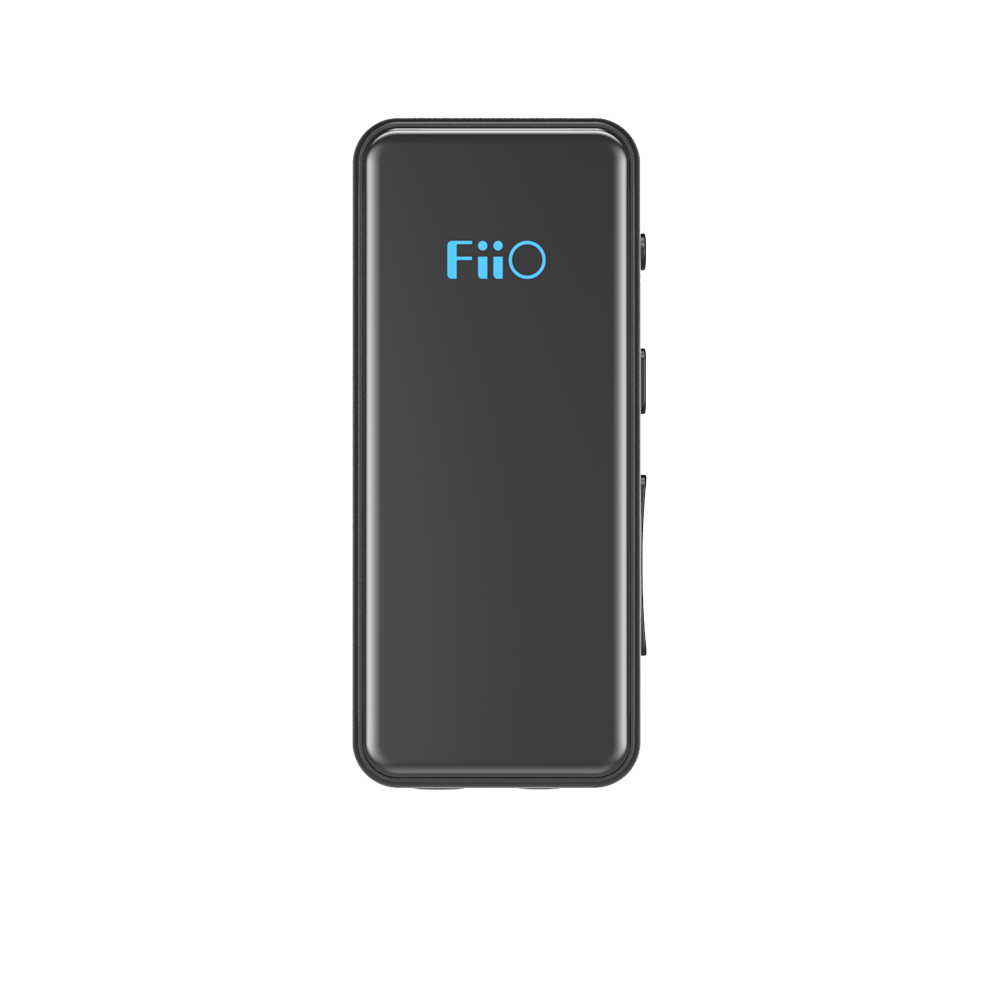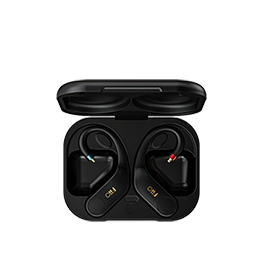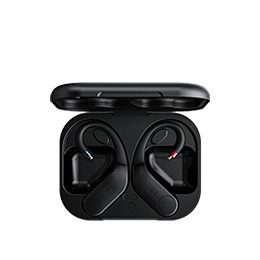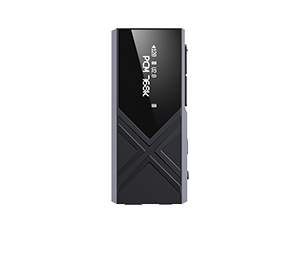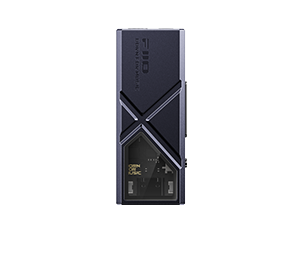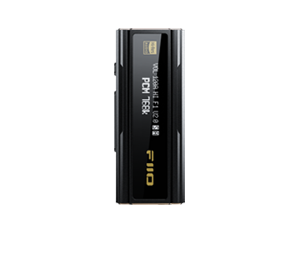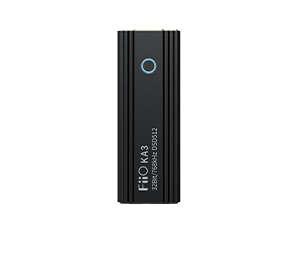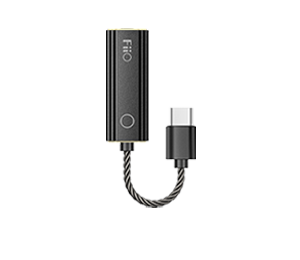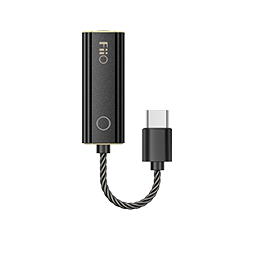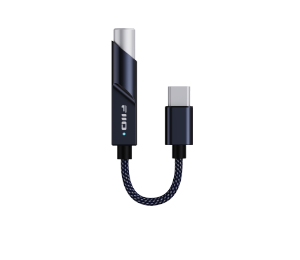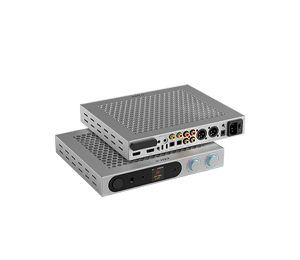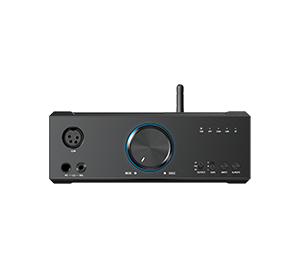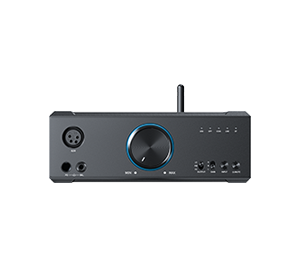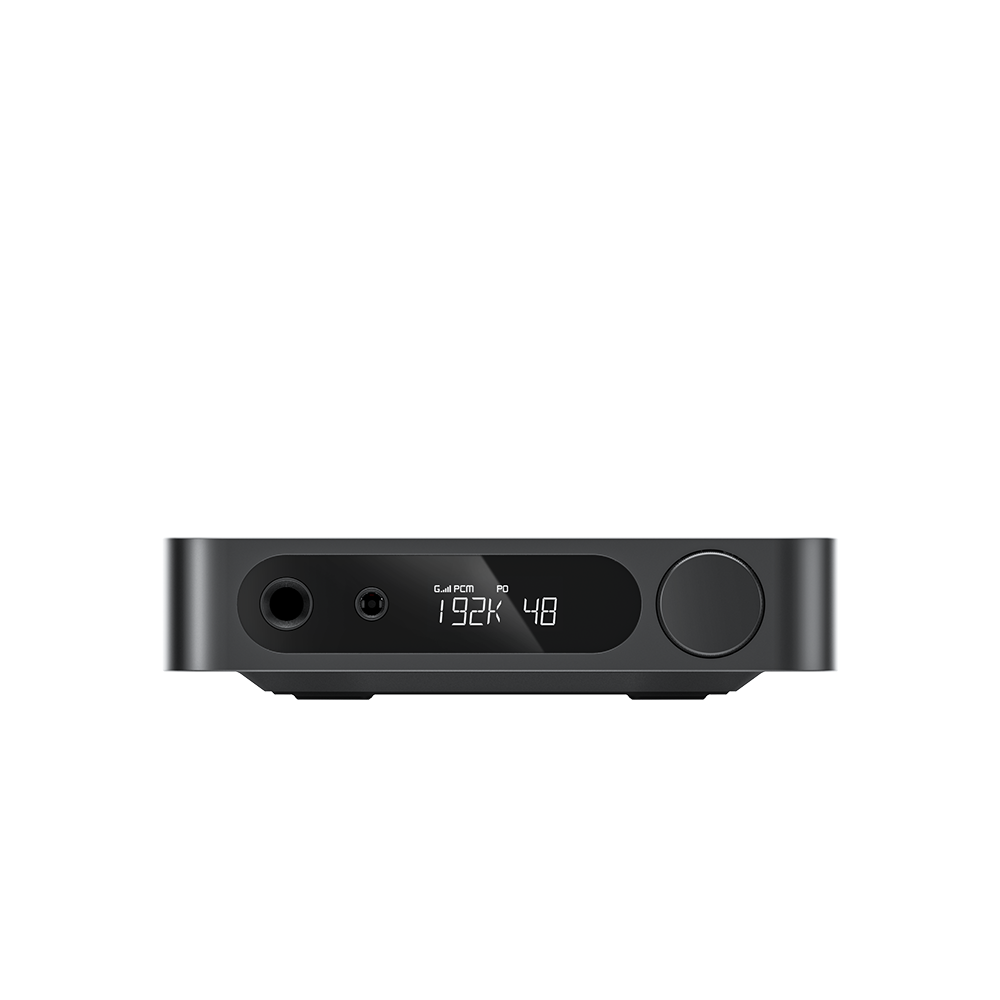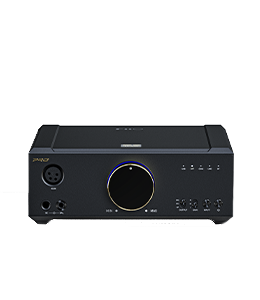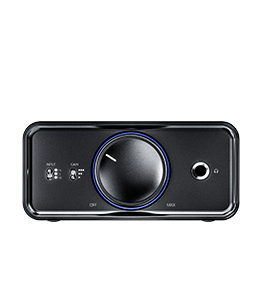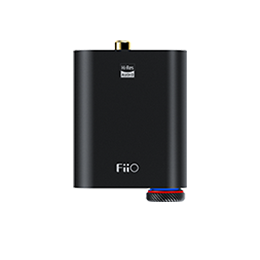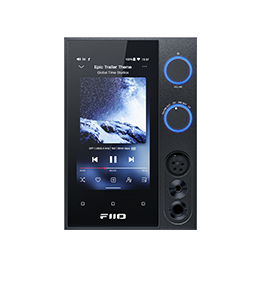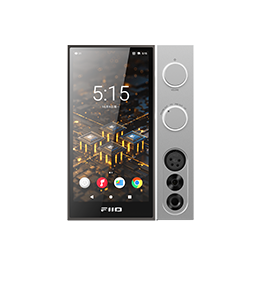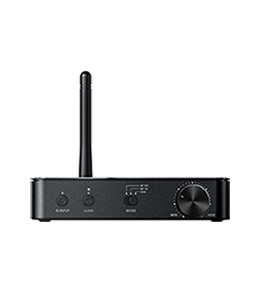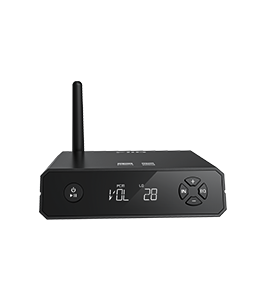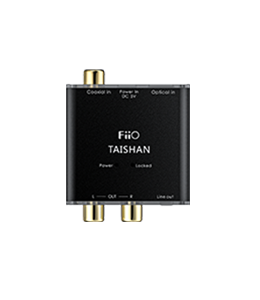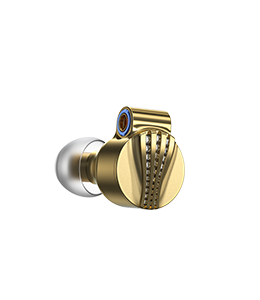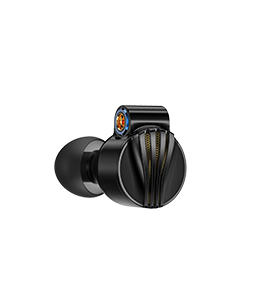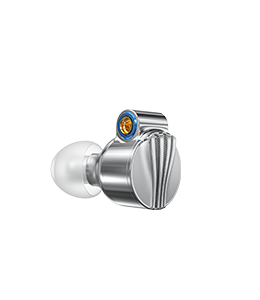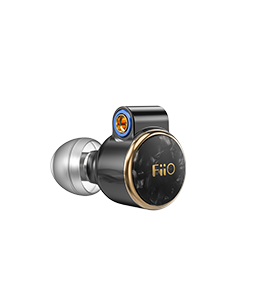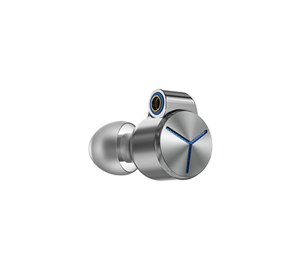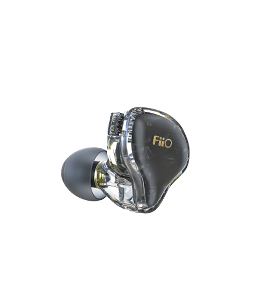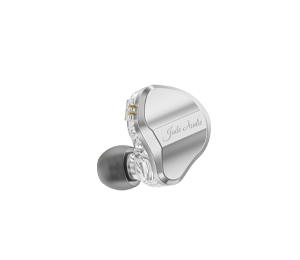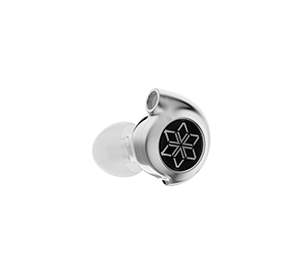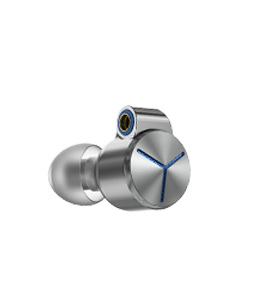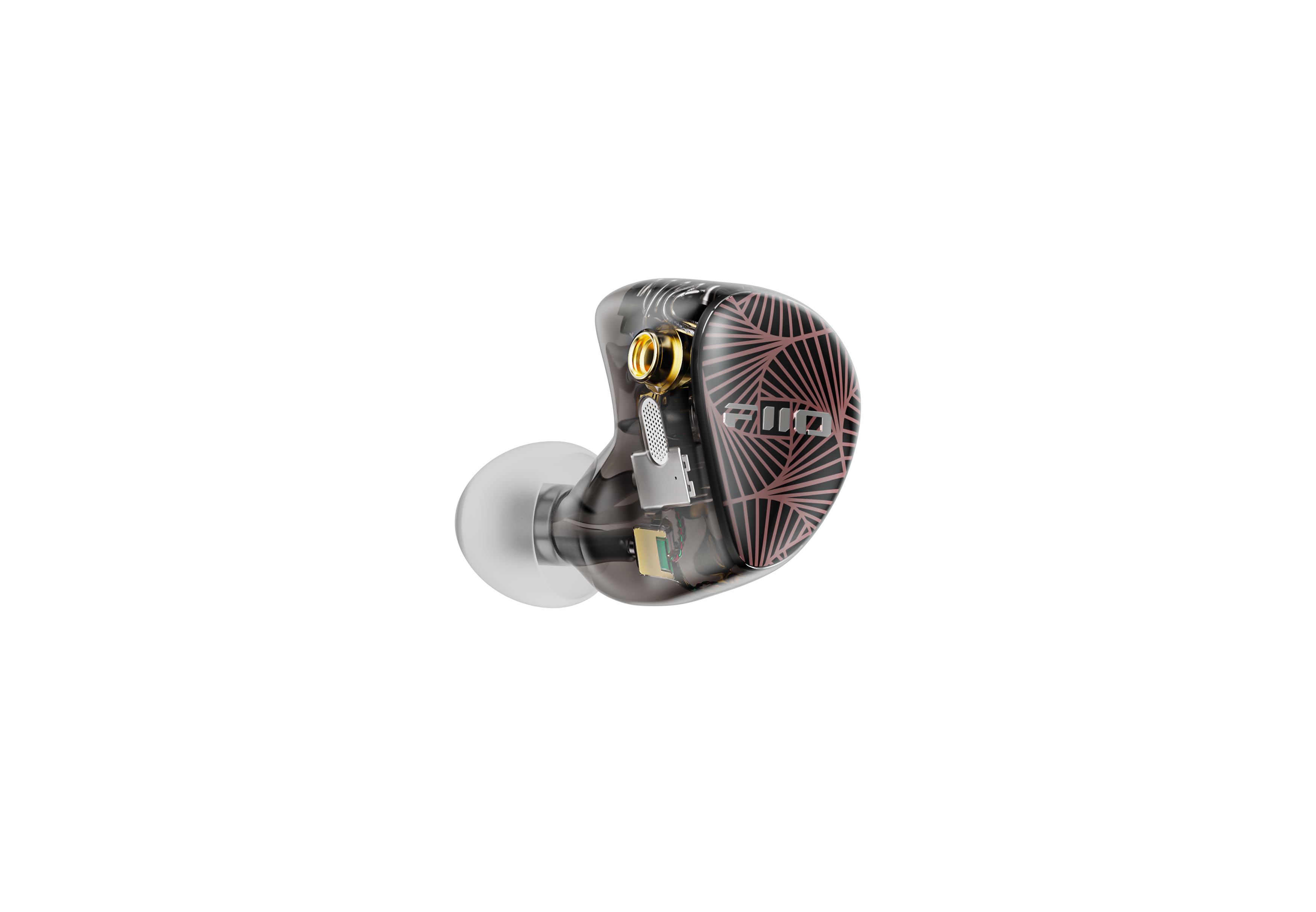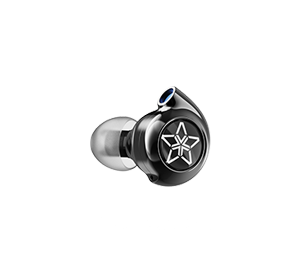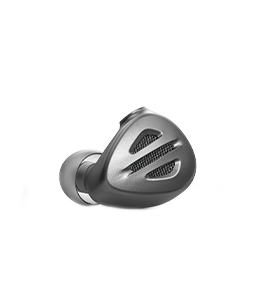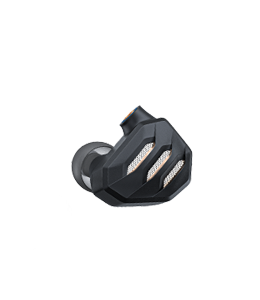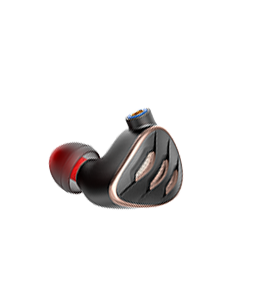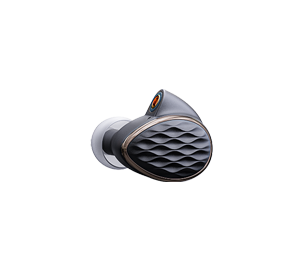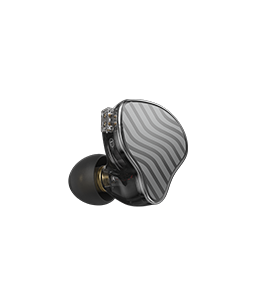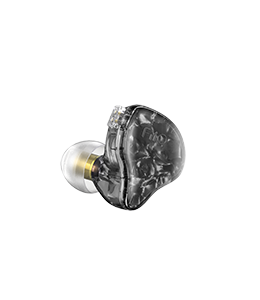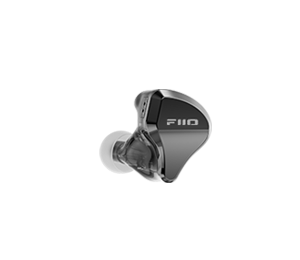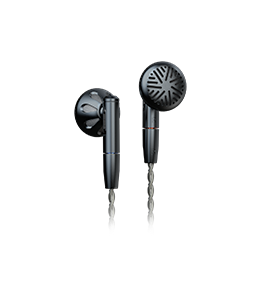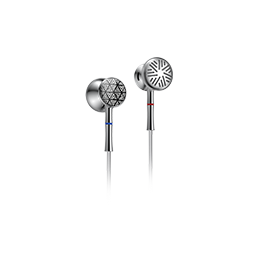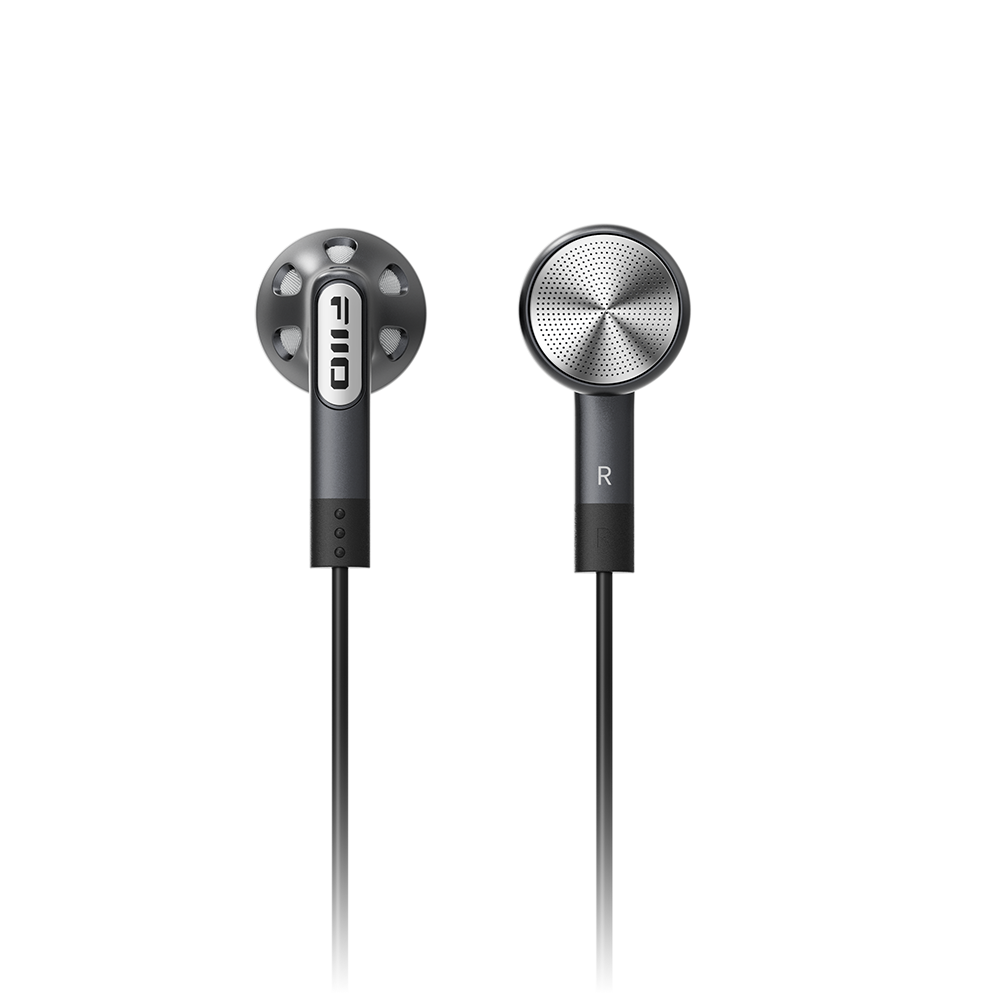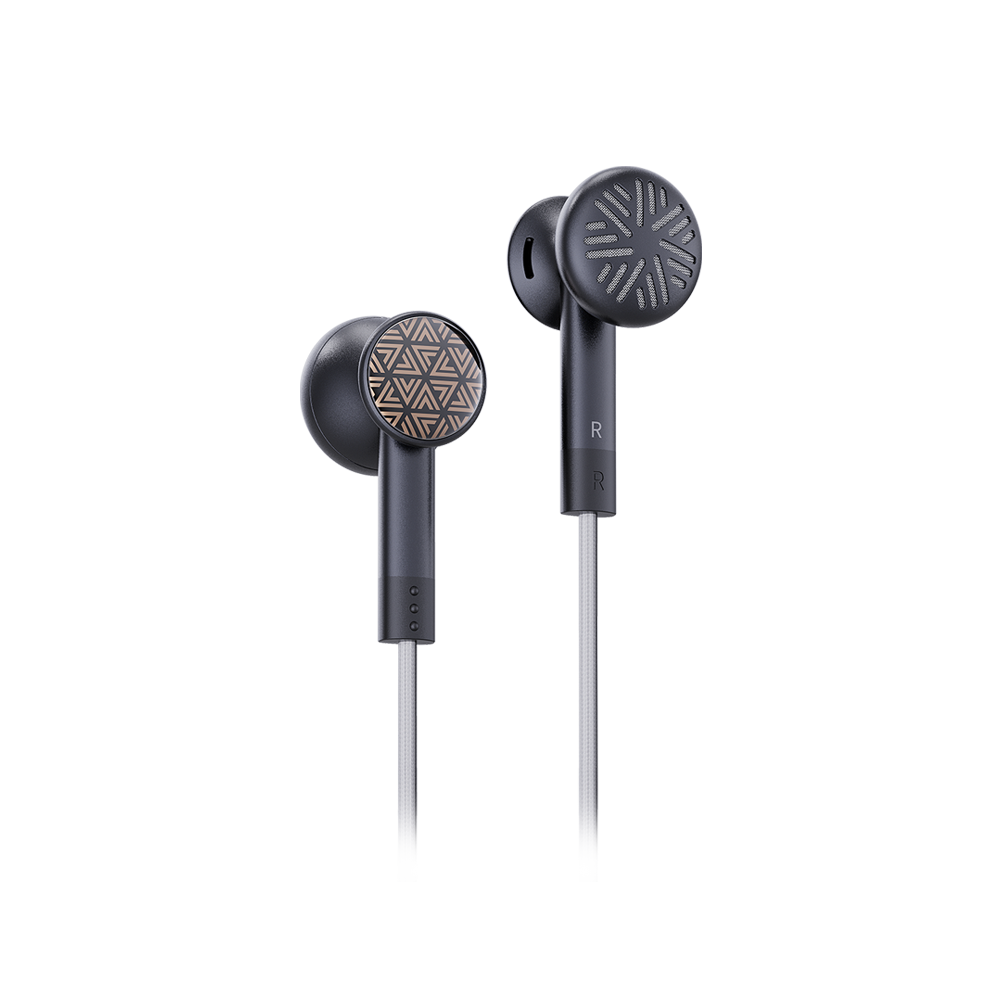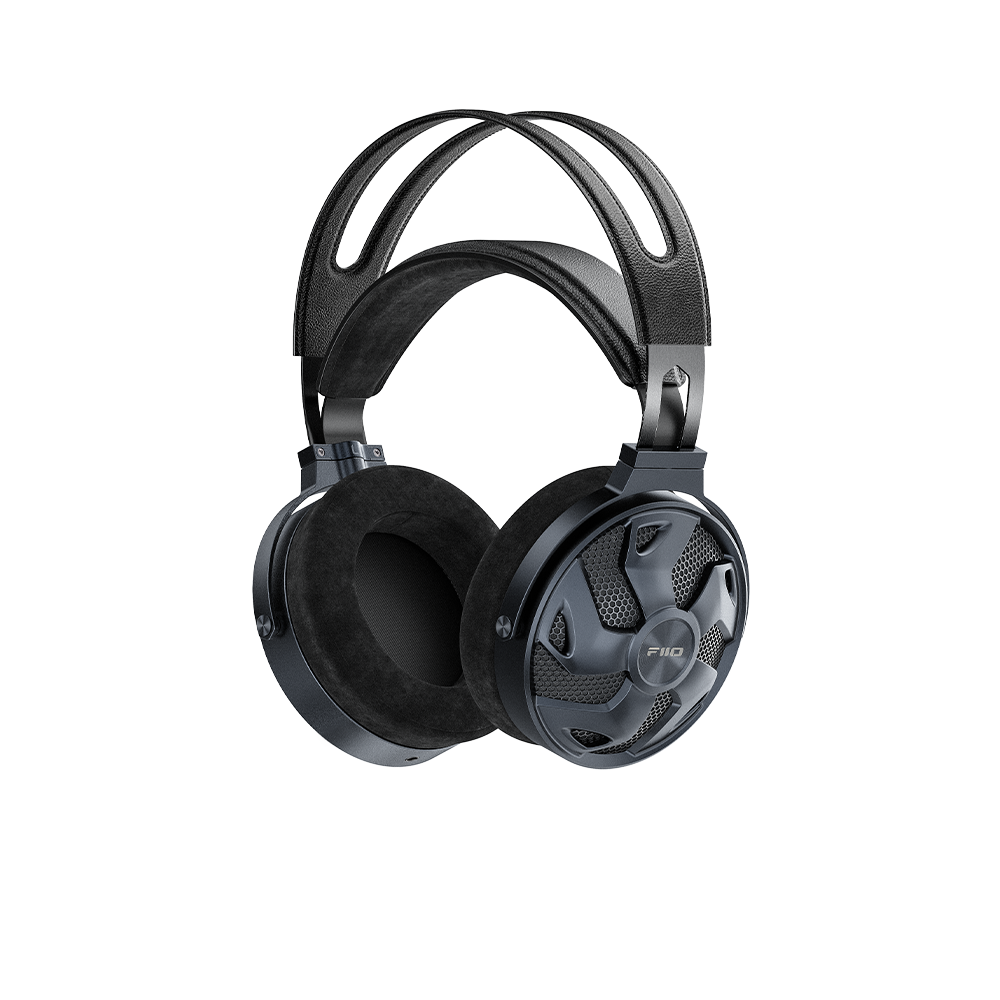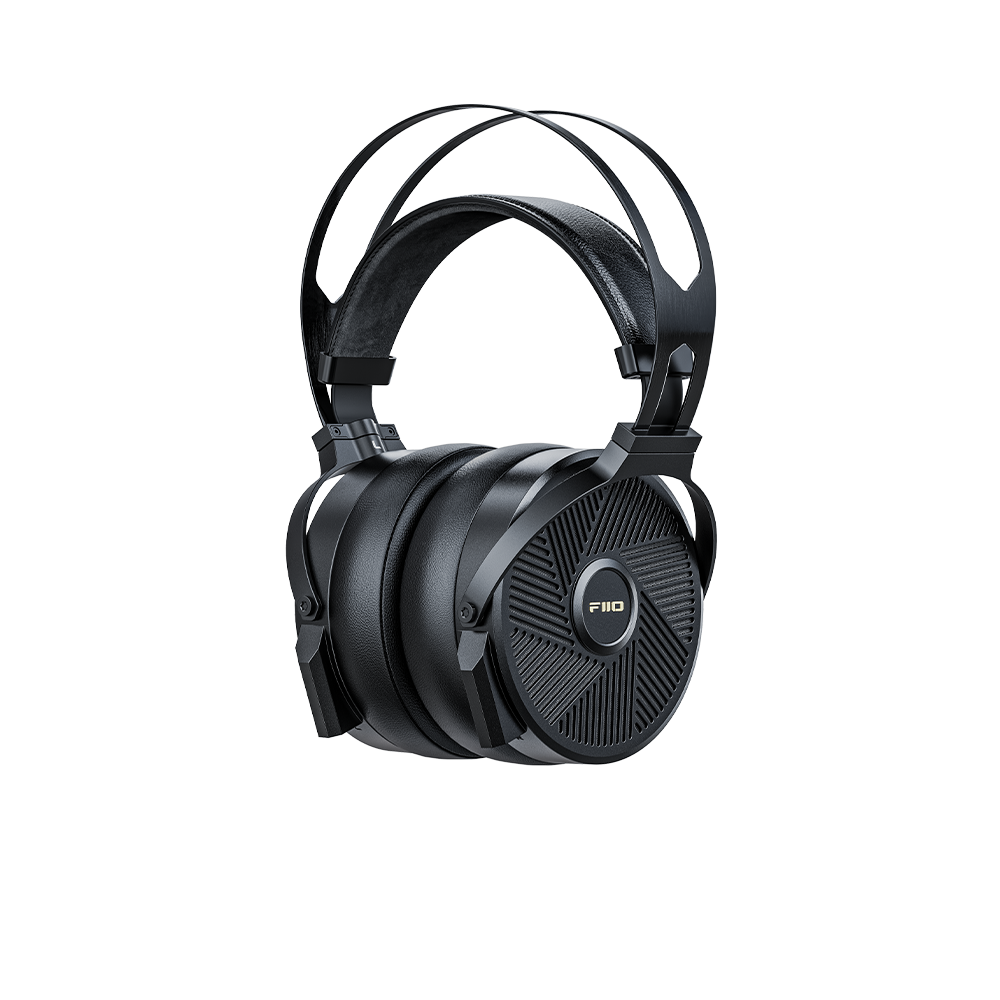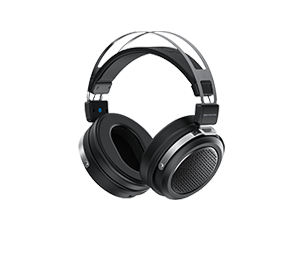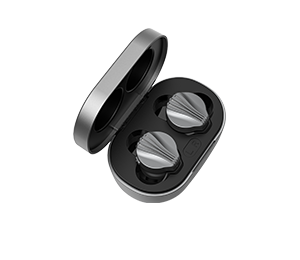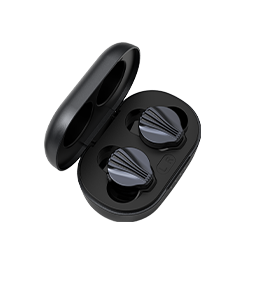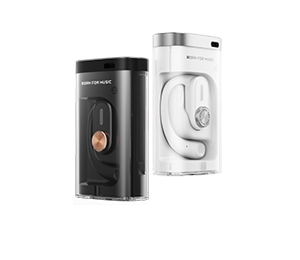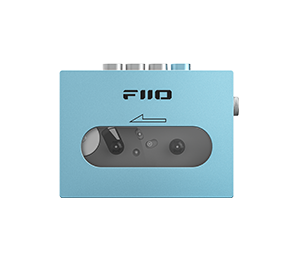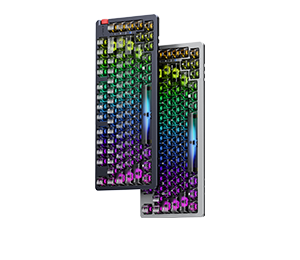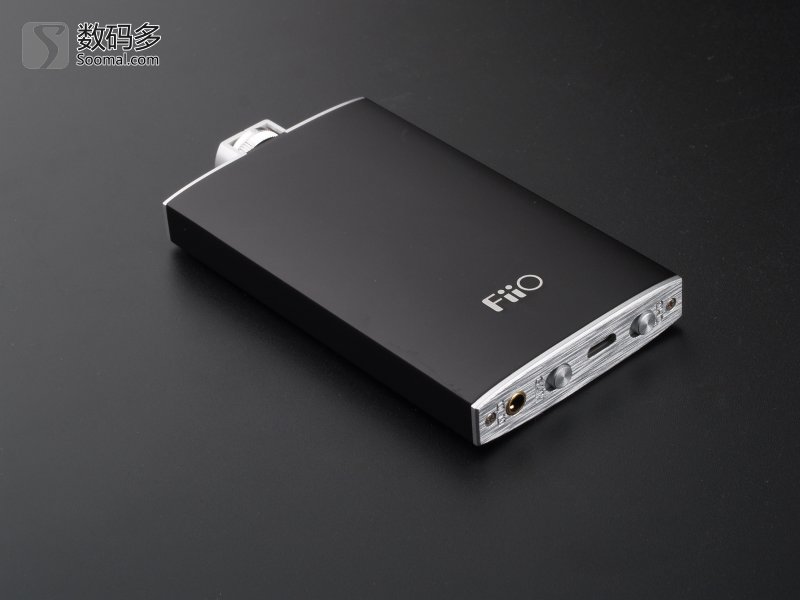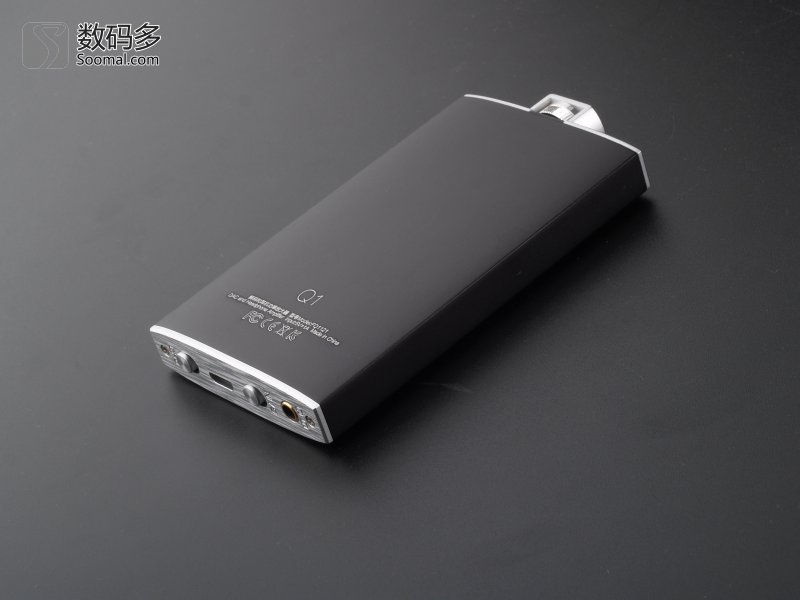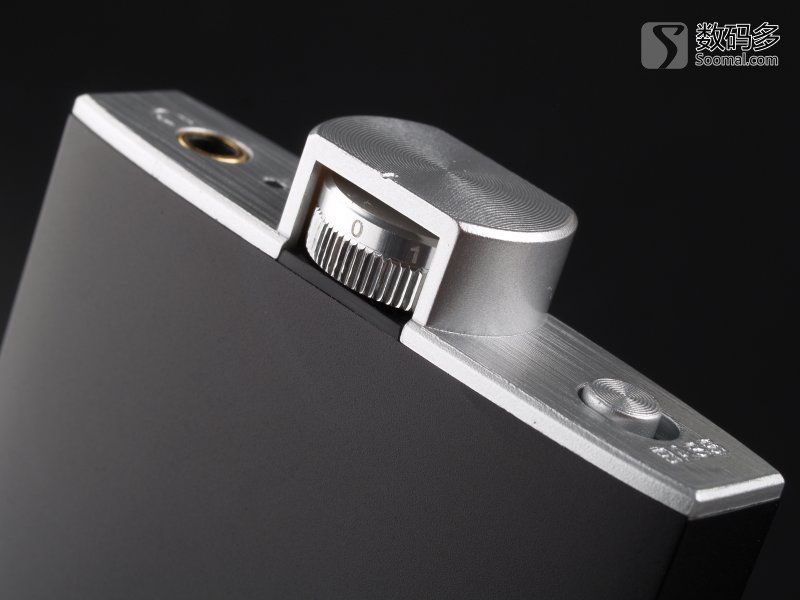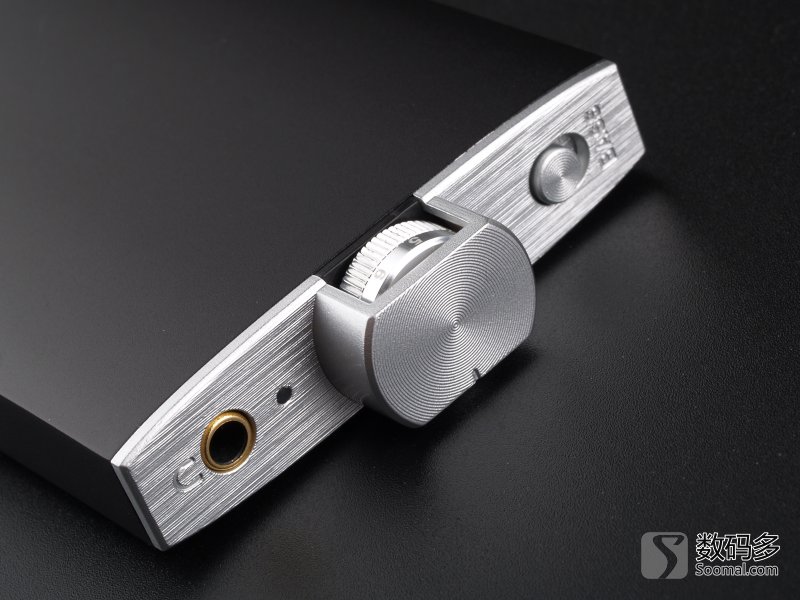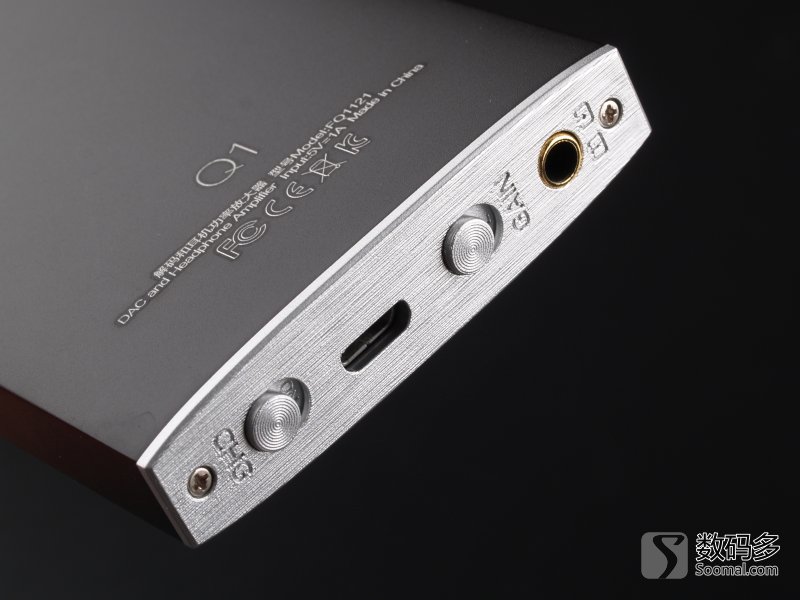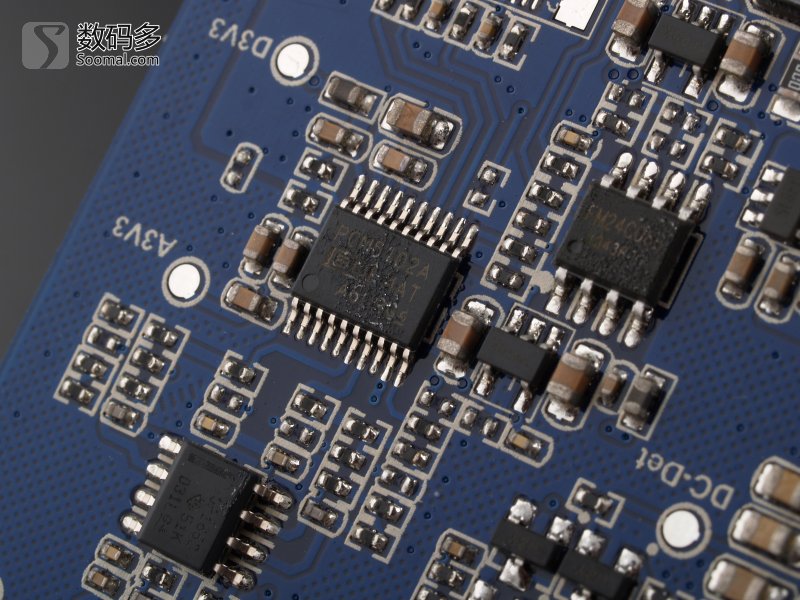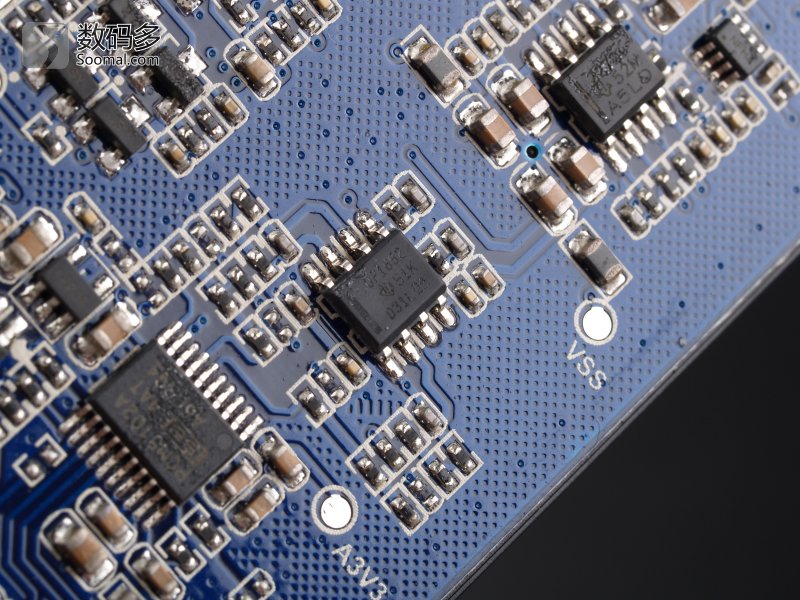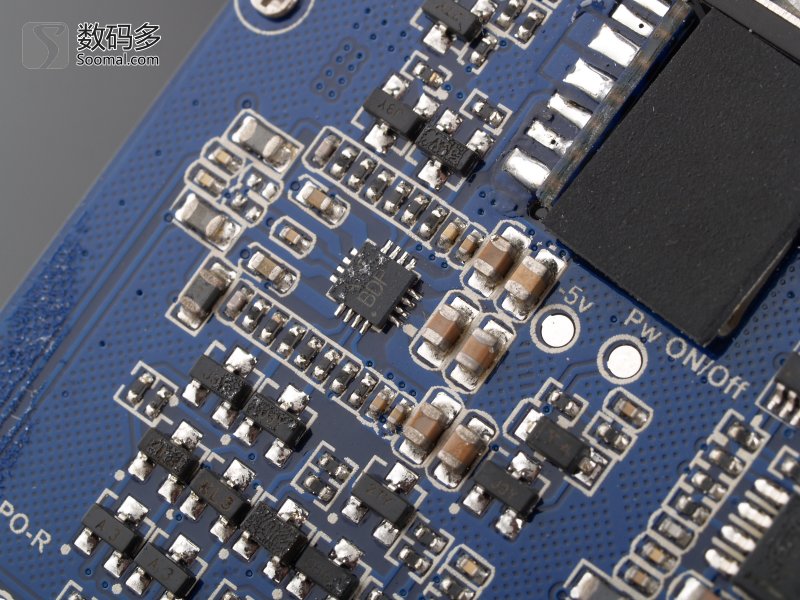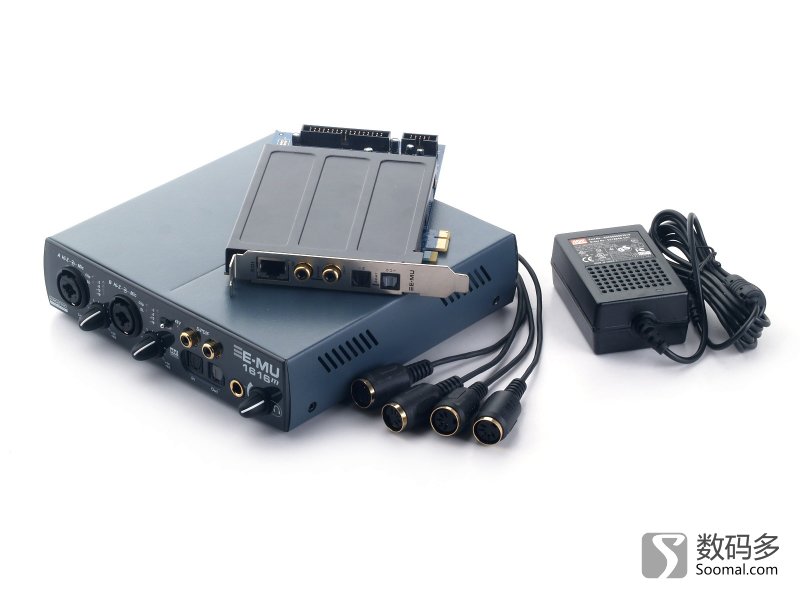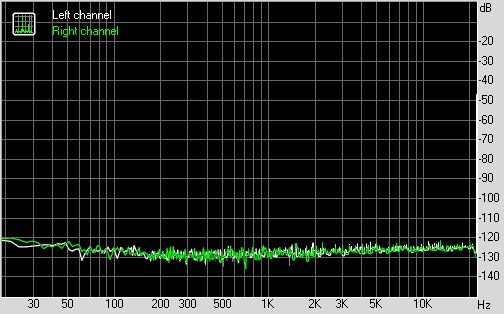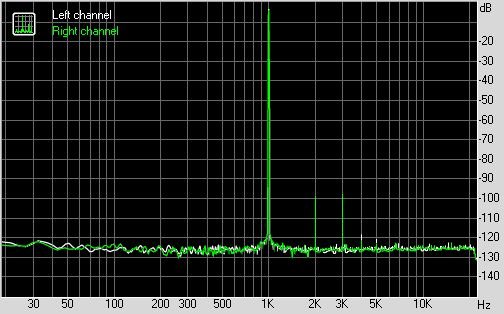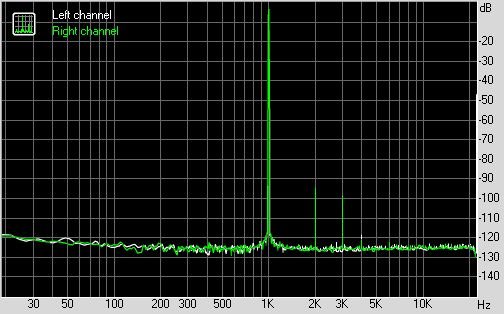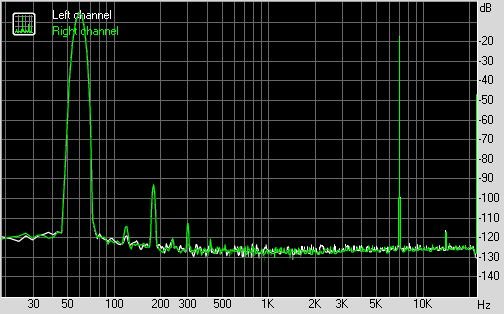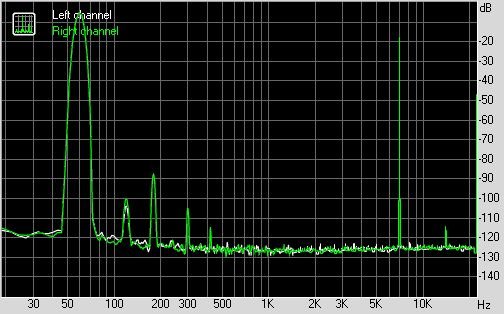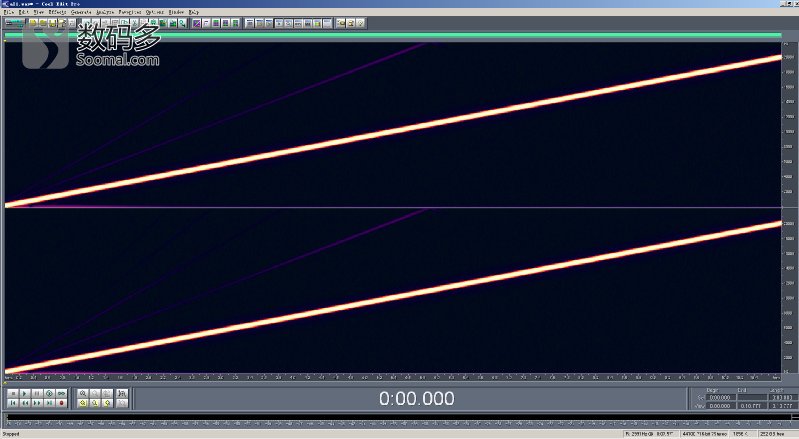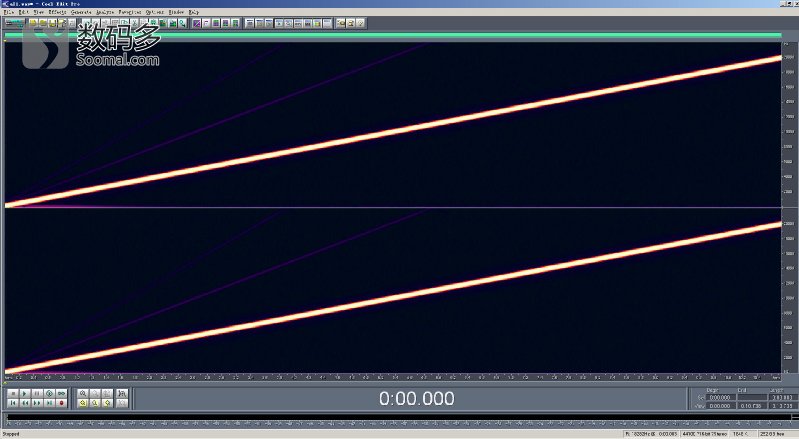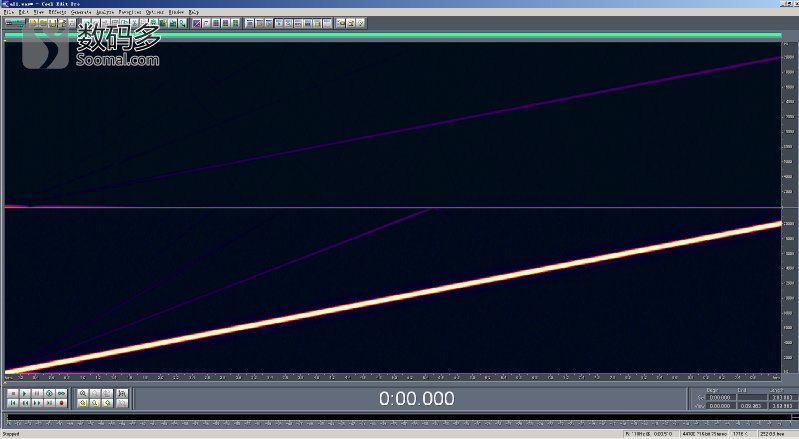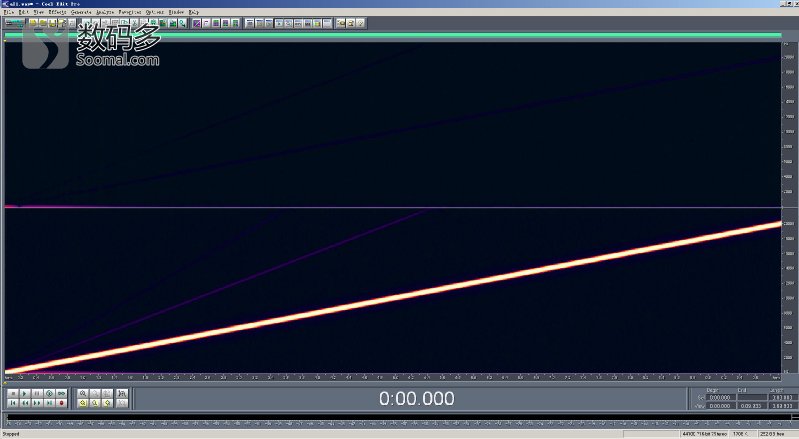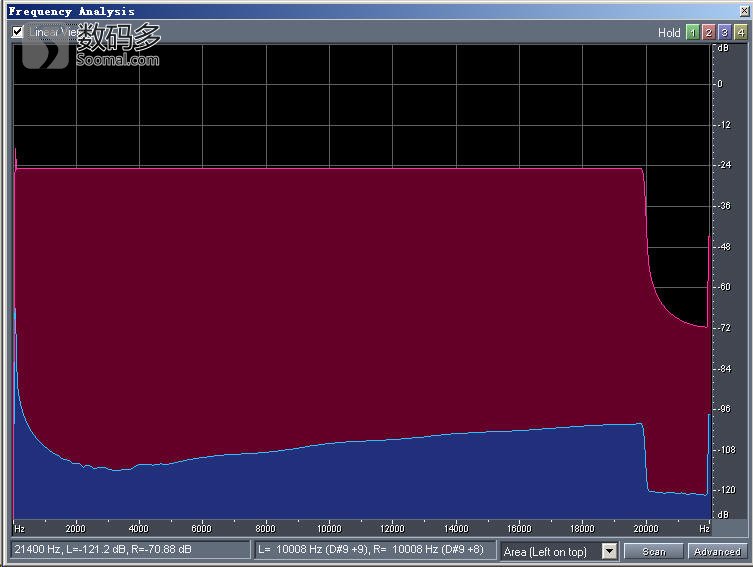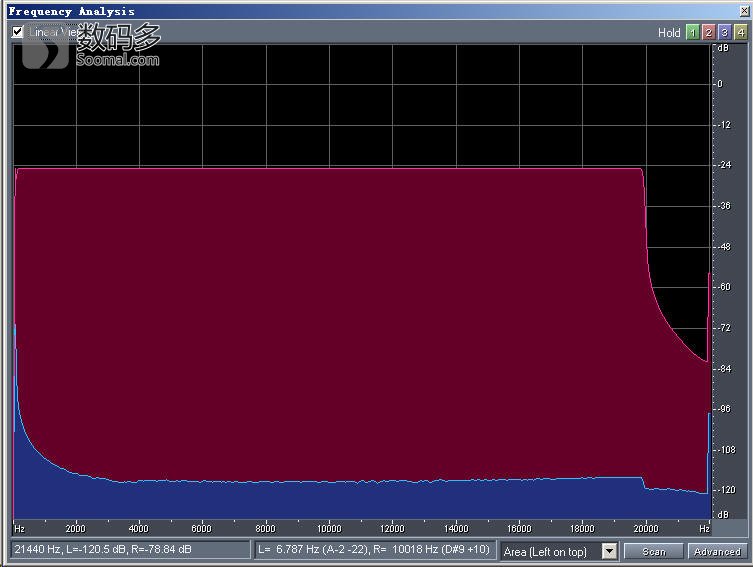FIIO Feiao Q1 Portable USB Sound Card and Headset Amplifier Evaluation Report
FIIO Q1 is a new series of products introduced by Feiao from the point of view of naming. From the point of view of function, Q1 is a USB sound card and supports the input of external analog signals to be used as earphones. Although it seems to overlap with the E17K introduced by Feiao before, Q1 is not as rich in functions as E17K. The positioning of Q1 is also much lower than that of E17K, with the official price of 448 yuan [E17K selling price of 849 yuan].
appearance and function
Feiao Q1 is small in appearance. Since we have not seen Feiao's E11K portable earpiece before, we are still very interested in the appearance design of Q1. However, it can be found from the data that the second generation product E11K of Feiao's most famous E11 earpiece has begun to use the design we saw on Q1 that stands upright like a perfume bottle.
FIIO Feiao Q1 Portable USB Sound Card and Headset Amplifier
FIIO Feiao Q1 Portable USB Sound Card and Headset Amplifier
Q1 body is still made of all metal. As shown in the figure, the front and rear surfaces of the shell have curved shapes that converge to the edges. The black oxidation surface texture is very beautiful both to the naked eye and in the photo. Although the cost of this set of technology is lower than that of E12K and X series players, this set of design has a high cost performance for both consumers and Feiao itself.
FIIO Feiao Q1 Portable USB Sound Card and Headset Amplifier-Volume Adjustment and Switch
, Q1 is designed like a bottle, and the highlight of the bottle cap is Q1's potentiometer for volume adjustment and Q1's power switch. On one side of the potentiometer is a 3.5mm standard earphone interface. After turning on the power, there is a blue Led indicator next to it. The Led light is soft and the size is very small, which is in line with the overall design of the small portable device. On the other side of the potentiometer is the BASS bass enhancement switch.
FIIO Feiao Q1 Portable USB Sound Card and Headset Amplifier
FIIO Feiao Q1 Portable USB Sound Card and Headset Amplifier-Bottom Interface and Switch
Q1, which outputs Lineout in USB sound card mode and can also be used as an interface for analog input when independent earphones work. Two toggle switches One is the choice of high gain and low gain, and the other is the switch for charging in USB mode. This function is realized on E17K through built-in operating system software. From the actual test, turning on the charging function will reduce the sound quality.
on the upper and lower surfaces Q1, a relatively coarse wire drawing process is used, but there is still a smooth outer film treatment process on the surface? The touch is very smooth, and the wire drawing lines cannot be touched. The design of this part seems to be slightly inconsistent with the overall sleek image under the macro lens. Indeed, the design of these two sides of Q1 is not as refined as E11K. But it is not as rough as imagined, at least the hand feel is still very high-end [similar to X3K, X5K surface technology].
Core hardware architecture
FIIO Feiao Q1 Portable USB Sound Card and Headset Amplifier-BRAVO SA9023A USB Control Chip
Q1 is a USB sound card and earpiece product with a cost-effective positioning. The internal core hardware is obviously lower than E17K with similar functions. Q1 uses the SA9023 chip of Shengwei Technology BRAVO in USB audio management. This chip is older [used by Fantasia D/A]. At present, the new chip of BRAVO is SA92xx model. This chip can work without driver under Windows, but on the BRAVO 90xx chip, it seems that the ASIO function can be realized after the driver is installed. SA9023 supports signal management up to 24bit/96kHz.
FIIO Feiao Q1 Portable USB Sound Card and Headset Amplifier-TI BB PCM5102 DAC Chip
FIIO Feiao Q1 portable USB sound card and headphone amplifier-TI BB OPA1662 op amp chip
FIIO Feiao Q1 Portable USB Sound Card and Headset Amplifier-Meixin MAX97220 Ear Chip
DAC chip, Q1 is consistent with E17K, and it is also a DAC chip commonly used in entry-level sound cards -- TI's BB PCM5102. The performance of this chip obviously cannot be compared with PCM179x series, but if the design is reasonable, the performance will not be too bad. In terms of LPF, it can be seen from disassembly that Q1 uses OPA1662 dual op amps, which is consistent with E17K. In terms of earphone amplification, the configuration is not E17K luxury [E17K is configured to OPA1642 op amp amplification + LMH6643 expansion], but a low-cost Maxim MAX97220. This chip is actually the same as TPA6120A and is very common. The low power consumption and high efficiency of this earpiece chip also allow Q1 to last more than 30 hours in earpiece mode.
objective test
E-MU 1616M PCIe Digital Audio System
According to the usual practice, we have carried out relevant tests on the earphone output of Feiao Q1. The tests are completed under no load conditions, so that the tests can eliminate the distortion and interference caused by the load and accurately analyze the signal quality of the audio source system itself. Q1 outputs a maximum level of-10dBm at Low Gain and more than 0dBm at High Gain. The test was completed in USB sound card mode and Windows 7 operating system.
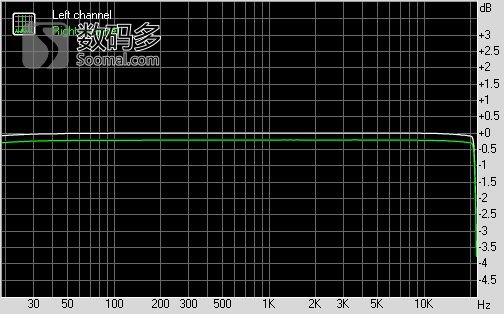
FIIO Feiao Q1 Portable USB Sound Card and Headset Amplifier-Frequency Response Curve @ High Gain
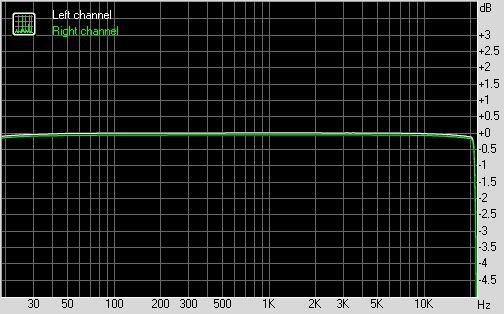
FIIO Feiao Q1 Portable USB Sound Card and Headset Amplifier-Frequency Response Curve @ Low Gain
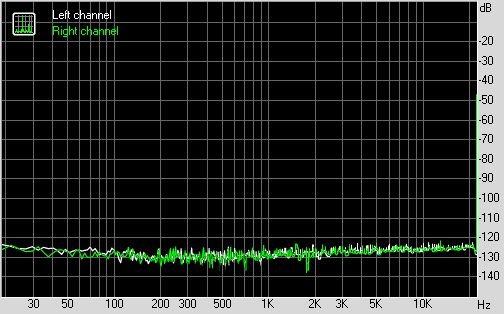
FIIO Feiao Q1 Portable USB Sound Card and Headset Amplifier-Noise Distribution @ High Gain
FIIO Feiao Q1 Portable USB Sound Card and Headset Amplifier-Noise Distribution @ Low Gain

FIIO Feiao Q1 Portable USB Sound Card and Headset Amplifier-Dynamic Range @ High Gain

FIIO Feiao Q1 Portable USB Sound Card and Headset Amplifier-Dynamic Range @ Low Gain
FIIO Feiao Q1 Portable USB Sound Card and Headset Amplifier-Total Harmonic Distortion @ High Gain
FIIO Feiao Q1 Portable USB Sound Card and Headset Amplifier-Total Harmonic Distortion @ Low Gain
FIIO Feiao Q1 Portable USB Sound Card and Headset Amplifier-Intermodulation Distortion @ High Gain
FIIO Feiao Q1 Portable USB Sound Card and Headset Amplifier-Intermodulation Distortion @ Low Gain
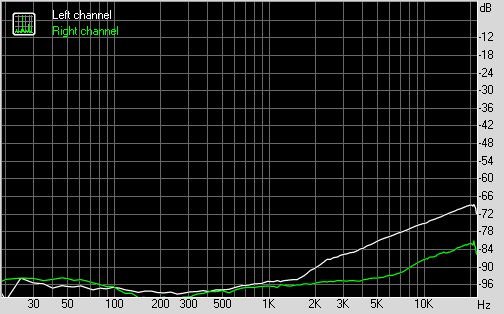
FIIO Feiao Q1 Portable USB Sound Card and Headset Amplifier-Separation Curve @ High Gain
FIIO Feiao Q1 Portable USB Sound Card and Headset Amplifier-Separation Curve @ Low Gain
Test Item | High | Low |
noise level, dB (A): | -96.3 | -95.8 |
Dynamic range. dB (A): | 96.4 | 95.9 |
total harmonic distortion, %: | 0.0025 | 0.0031 |
intermodulation distortion, %: | 0.0068 | 0.0096 |
stereo separation, dB: | -95.7 | -95.9 |
FIIO Feiao Q1 Portable USB Sound Card and Headset Amplifier-Frequency Scan @ High Gain
FIIO Feiao Q1 Portable USB Sound Card and Headset Amplifier-Frequency Scan @ Low Gain
FIIO Feiao Q1 Portable USB Sound Card and Headset Amplifier-Separation Test @ High Gain
FIIO Feiao Q1 Portable USB Sound Card and Headset Amplifier-Separation Test @ Low Gain
FIIO Feiao Q1 Portable USB Sound Card and Headset Amplifier-Separation Frequency Analysis @ High Gain
FIIO Feiao Q1 Portable USB Sound Card and Headset Amplifier-Separation Frequency Analysis @ Low Gain
from the objective test and RMAA's spectrogram, the objective test result of FIIO Q1 is better than that of E17K. From PCM1502 the problem that the DAC has a wider shoulder in the 1kHz pulse test [most likely Jitter's problem],Q1 performs significantly better than E17K. On the performance of intermodulation distortion, Q1's objective performance is also obviously better. Of course, this may also be MAX97220 the chip has covered up some problems at the front end. In terms of separation performance, the high-frequency part FIIO Q1 slightly deteriorates. Because the potentiometer is turned to the maximum in Low Gain mode, the influence of analog potentiometer is minimized, while the High Gain mode potentiometer is in the middle, so the influence of high frequency is relatively greater. In the scanning of the 20Hz-48kHz signal, the high frequency part overflows slightly, but this frequency band is already above 45kHz, and the actual impact is limited.
subjective hearing
In the subjective hearing test, we use FIIO X3K and E17K for AB comparison, and the test mainly focuses on the output function of headphones. Use headphones such as Vsonic GR07MKII, Westone W4R, rambler H840 and AKG K701 as reference.
FIIO Feiao APLEN 2-E17K Portable USB Sound Card and Headset Amplifier
FIIO Feiao X3 K Portable Audio Player
in the E17K evaluation, we mentioned that its earphone output power is actually stronger than FIIO X3K, with a gain of up to 12dB in the gain option, which is still used when driving headphones of AKG K701 level. However, with small earplugs, H840 headphones, 0dB or + 6dB gain is enough. However, FIIO Q1 is slightly weaker than the + 6dB gain driving force of E17K in high gain gear. However, with small earplugs, Q1 in low gain gear and E17K in 0dB gain are sufficient. Of course, under the + 6dB gain of E17K, reducing the total output level can still obviously feel the better dynamics brought by high gain, especially in intermediate frequency and low frequency.
In addition, in the E17K evaluation, we also mentioned that the USB sound card status of BRAVO SA9027[E17K use] is not even as good as the SA2000 scheme used by Feiao in the player. On SA9023 of FIIO Q1, we proved this again.
The overall performance style of FIIO Q1 is more restrained than that of E17K, with slightly weaker high-frequency resolution and weaker overall dynamics. Perhaps it is necessary to turn on the BASS gain switch when facing pop music. With H840 or Aurvana Live! For level earphones, the driving force of Q1 is sufficient, but there is still a gap in intermediate frequency thickness compared with advanced earphones. However, we also found that E17K has slightly overbright traces of high frequency in pop music and music with not very good recording quality. Under the big dynamic, the details of FIIO X3K are still the best of the three devices [X3K works in USB sound card mode].
FIIO Q1 is indeed more like a weakened version of E17K. As an entry-level model, we also have more entry-level headphones. It is weaker than E17K in high-frequency resolution, medium and high-frequency density and dynamics, and the entire sound thickness. The overall style is close, and the high frequency is slightly restrained. Of course, its driving force is far better than that of iPhone. We have verified the poor performance and style trend of SA9027 on E17K, and have verified it again on FIIO Q1.
For FIIO Q1 and E17K, we seem to prefer its sound performance in ear release mode [this aspect seems to have been ignored in previous E17K evaluation]. When using iPhone as input, with entry-level headphones and high-quality small earplugs, there will be a greater improvement [relative to iPhone]. The sound output by their earphones has a significant tendency to warm the sound. Compared with the sound card mode, the high-frequency resolution is reduced, but the thickness of the intermediate frequency and the slack and softness of the sound will be better than the sound card mode. As an upgrade of ordinary mobile phone earphones, the effect is immediate. Of course, the E17K has more gain space and the driving force will be better.
was at E17K, we had doubted whether there was a market for a sound card and portable earpiece with a value of nearly 1,000 yuan, because the overall sound quality was still weak except for players whose output power was indeed greater than X3K. At that time, we made it clear that we recommended buying products like X3K. The overall performance of FIIO Q1 is indeed more like a weakened version of E17K. It is indeed smaller and better-looking in volume. However, the overall sound performance is weaker and does not have the advantage of larger output power of E17K earpiece. It can only be said that Q1, as an entry-level product in 448 yuan, has filled the price gap in the product line under the Feiao brand, and may be a good supplement to the product line. However, compared with Le Zhibang Monitor series, which is good at core technology, there is a big gap in sound quality. The advantage of FIIO Q1 is that the price is very low. But cost-effective, performance is not outstanding. Feiao X1 and X3K players still have a significantly better choice for the corresponding price and higher price. Unless you really need some features on Q1 or E17K.
The article is from Soomal. For the original link, please stamp>>Click



